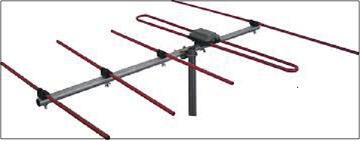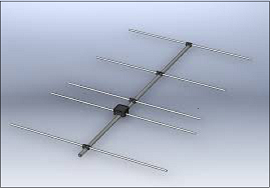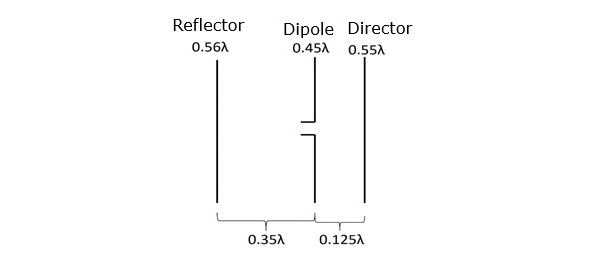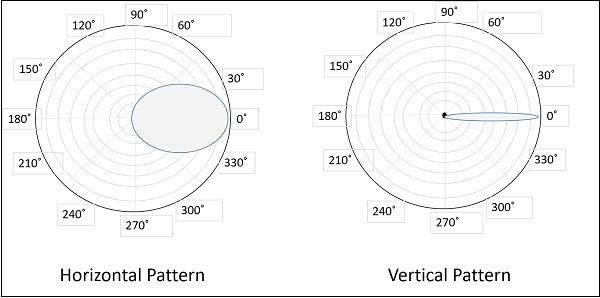Tutorial: Click Here for youtube video tutorial
Yagi uda antenna tutorial available at youtube channel.
visit: Click Here for youtube video tutorial
knwledgestreams.blogspot.com
visit: Click Here for youtube video tutorial
knwledgestreams.blogspot.com
Yagi-Uda antenna is the most commonly used type of antenna for TV reception over the last few decades. It is the most popular and easy-to-use type of antenna with better performance, which is famous for its high gain and directivity.
#knowledge #stream
#blog
#knowledge #stream
#blog
Frequency range
The frequency range in which the Yagi-Uda antennas operate is around 30 MHz to 3GHz which belong to the VHF and UHF bands.
Construction of Yagi-Uda Antenna
A Yagi-Uda antenna was seen on top of almost every house during the past decades. The parasitic elements and the dipole together form this Yagi-Uda antenna.

The figure shows a Yagi-Uda antenna. It is seen that there are many directors placed to increase the directivity of the antenna. The feeder is the folded dipole. The reflector is the lengthy element, which is at the end of the structure.

The figure depicts a clear form of the Yagi-Uda antenna. The center rod like structure on which the elements are mounted is called as boom. The element to which a thick black head is connected is the driven element to which the transmission line is connected internally, through that black stud. The single element present at the back of the driven element is the reflector, which reflects all the energy towards the direction of the radiation pattern. The other elements, before the driven element, are the directors, which direct the beam towards the desired angle.
https://knowledgestreams.blogspot.com/
Designing of yagi uda antenna
#knowledge #stream #blog
For this antenna to be designed, the following design specifications should be followed.

They are −
| ELEMENT | SPECIFICATION |
|---|---|
| Length of the Driven Element | 0.458λ to 0.5λ |
| Length of the Reflector | 0.55λ to 0.58λ |
| Length of the Director 1 | 0.45λ |
| Length of the Director 2 | 0.40λ |
| Length of the Director 3 | 0.35λ |
| Spacing between Directors | 0.2λ |
| Reflector to dipole spacing | 0.35λ |
| Dipole to Director spacing | 0.125λ |
If the specifications given above are followed, one can design an Yagi-Uda antenna.
Radiation Pattern for Yagi Uda Antenna
#knowledge #stream #blog
The directional pattern of the Yagi-Uda antenna is highly directive as shown in the figure given below.

The minor lobes are suppressed and the directivity of the major lobe is increased by the addition of directors to the antenna.
Advantages of Yagi Uda
The following are the advantages of Yagi-Uda antennas −
- High gain is achieved.
- High directivity is achieved.
- Ease of handling and maintenance.
- Less amount of power is wasted.
- Broader coverage of frequencies.
Disadvantages of Yagi Uda
The following are the disadvantages of Yagi-Uda antennas −
- Prone to noise.
- Prone to atmospheric effects.
Applications
The following are the applications of Yagi-Uda antennas −
- Mostly used for TV reception.
- Used where a single-frequency application is needed.